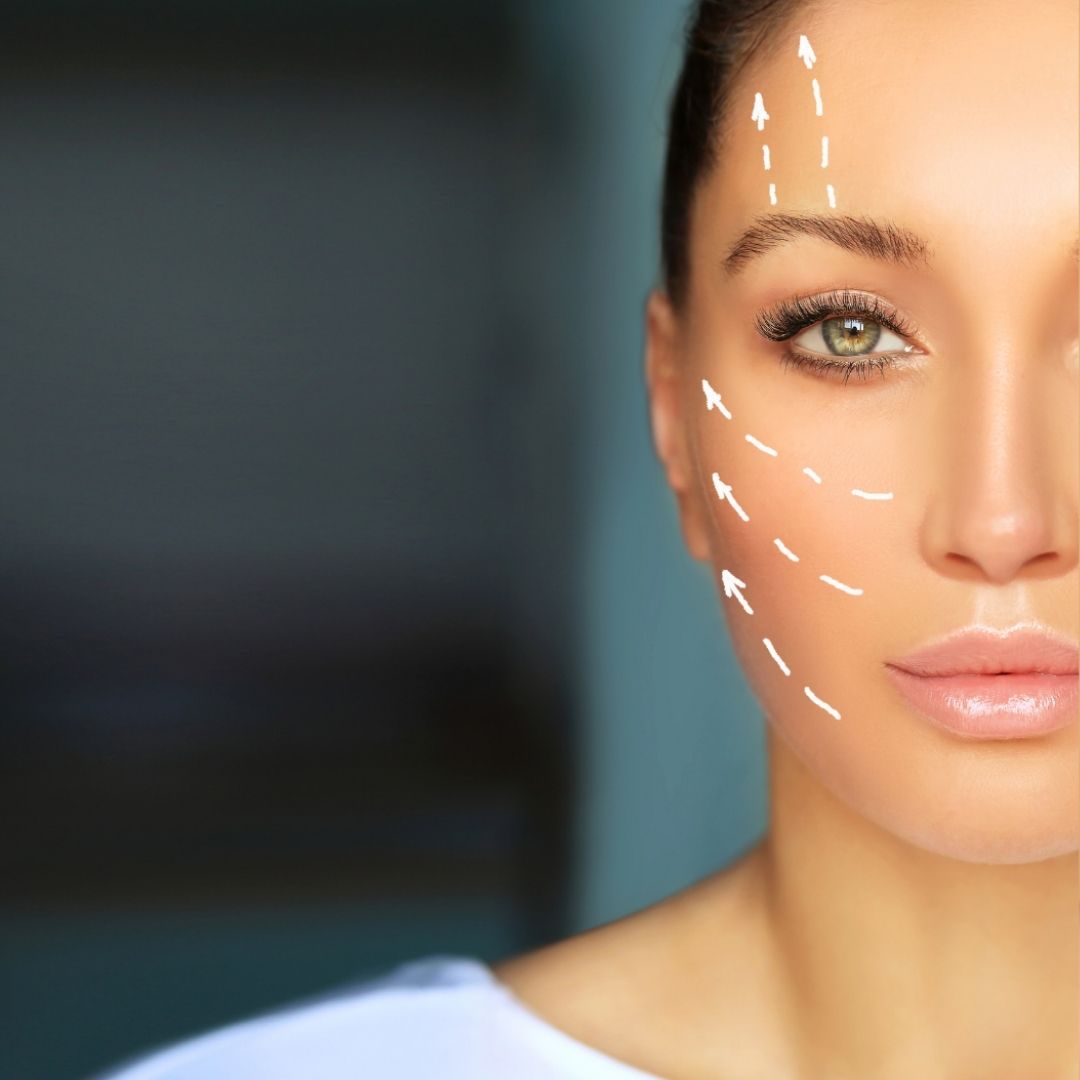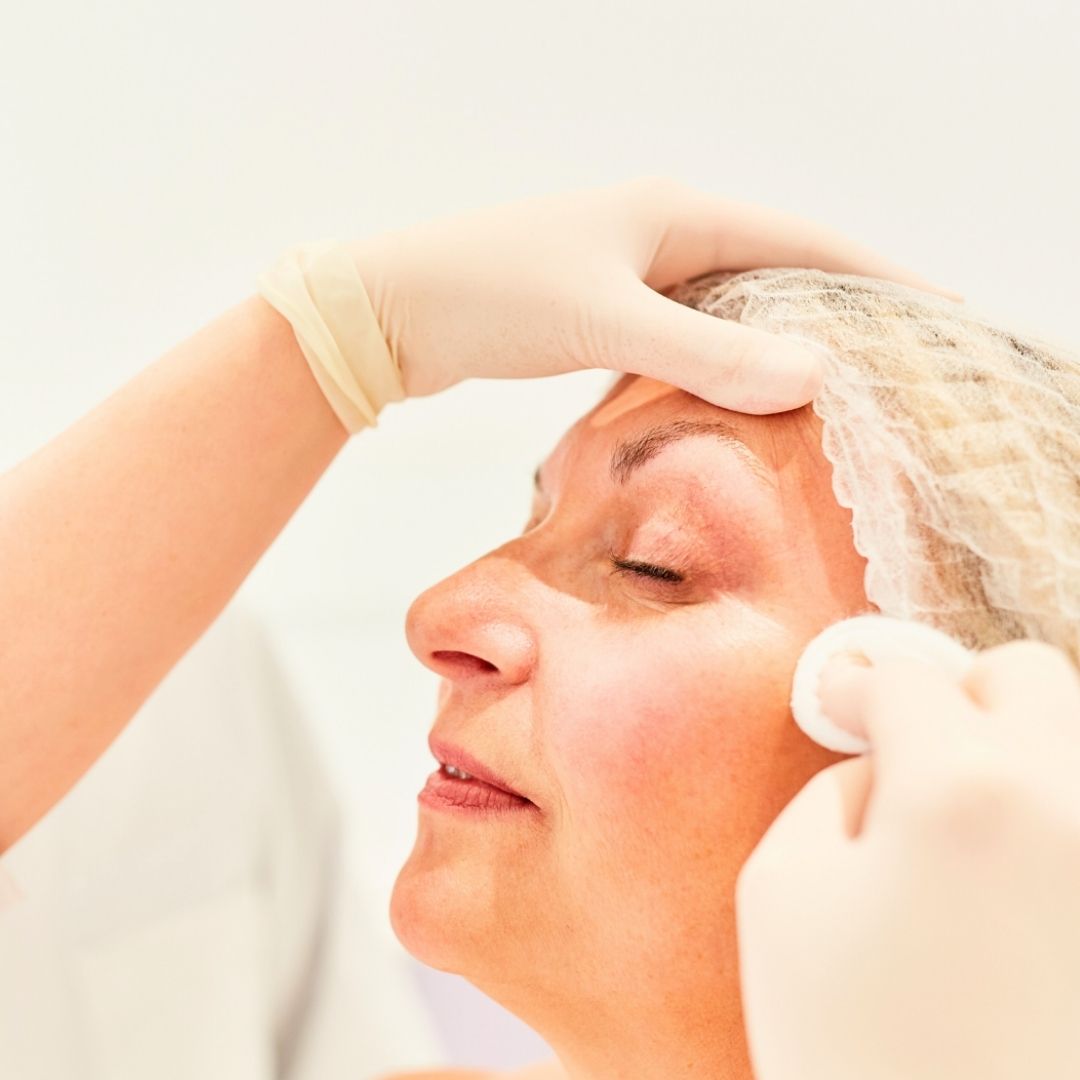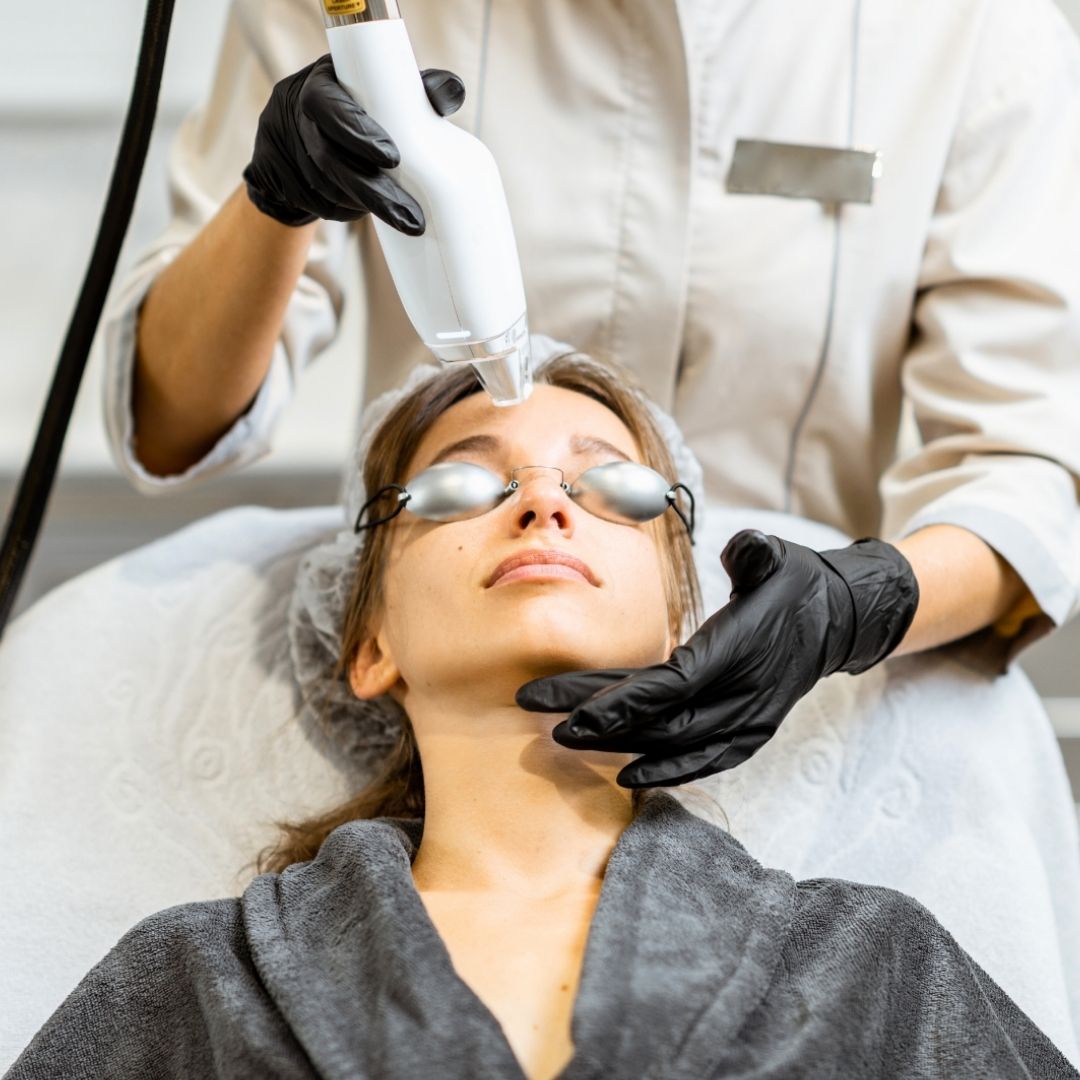Deep Plane Extended Facelift
The deep plane facelift is a highly advanced facial rejuvenation technique that targets the underlying muscular and connective tissue layer (SMAS) of the face, rather than just the skin. This method provides longer-lasting and more natural-looking results by lifting and repositioning the deeper facial structures.
Deep Plane Facelift
A deep plane facelift is an advanced cosmetic surgical procedure designed to reposition facial tissues that sag with aging, starting not only from the skin but deep beneath, targeting the underlying muscular and connective tissue structures. In this method, the facial SMAS (superficial musculoaponeurotic system) and ligament structures, which loosen with age, are released and repositioned upwards. This procedure results in more defined facial contours and restores youthful facial proportions. Compared to traditional facelift surgeries, it offers a more natural and longer-lasting solution. In recent years, interest in deep plane facelifts has notably increased, especially in Deep Plane Facelift clinics in Istanbul.
Deep plane facelift surgery is especially effective for individuals aged 40 and over, but it can also be suitable for younger individuals who show early signs of aging. In this procedure, not only is the skin tightened, but the underlying anatomical structures are also rejuvenated.
How Is Deep Plane Facelift Surgery Performed?
Deep plane facelift surgery is performed under general anesthesia and typically lasts between 4 to 6 hours. The procedure begins with an incision I make within the hairline near the temples. To ensure scars are well-hidden and appear natural, the incision typically passes retrotragally, behind the tragus, instead of directly in front of the ear. The incision continues around the earlobe and then extends behind the ear into the hairline. This incision method helps maximize scar concealment while enabling safe and controlled deep plane dissection.
The primary target in this surgery is not the skin but the underlying SMAS layer. By releasing and repositioning this deeper structure alongside facial muscles, I counteract the effects of gravity. Consequently, the facial appearance and dynamic structures are rejuvenated.
This technique primarily reshapes the mid-face, nasolabial folds (smile lines), cheeks, and jawline. It restores natural tension to the skin while preserving facial expressions, resulting in a more natural appearance. At the end of the surgery, the incisions are closed with aesthetic sutures, making scars virtually invisible by hiding them within natural ear folds and hairlines. Due to its complexity, deep plane facelift surgery requires advanced anatomical knowledge and surgical experience, thus it must be performed by a plastic surgeon specialized in this area.
How Long Is Recovery from a Deep Plane Facelift?
I thoroughly explain to my patients what to expect during their recovery period:
- First week: Swelling and bruising peak during this time. I recommend rest and regular cold compress applications.
- Second week: Swelling decreases, and patients gradually resume social activities. Light exercises like slow-paced walking may be introduced.
- Third week: Patients typically can resume using makeup. Although underlying tissues continue healing, daily activities become more comfortable.
- Fourth week: Approximately 60% of the swelling subsides. Individual recovery varies, with some experiencing prolonged swelling.
- Final results: Facial contours fully settle and the final outcome appears typically within 4 to 6 months, with gradual improvement over time.
Following my recovery recommendations, attending scheduled follow-ups, and avoiding strenuous activities significantly contribute to a healthy recovery process.
Postoperative Recovery
Recovery unfolds in three phases: initial rest and swelling management; social reintegration in the second week; and gradual resumption of physical activities starting from the third week. Swelling, redness, and slight numbness are typical. Adopting a low-sodium diet, ensuring adequate water intake, and maintaining a regular sleep schedule accelerate healing. Smoking prolongs recovery and increases risks.
Can a Deep Plane Facelift Be Performed Under Local Anesthesia?
This surgery is typically performed under general anesthesia, as it involves deep tissue layers. However, for low-risk cases and minimal interventions, local anesthesia combined with sedation may be considered. Nonetheless, general anesthesia is preferred for patient comfort and safety. The choice of anesthesia is made collaboratively by myself, the patient, and the anesthesiologist, prioritizing patient safety.
Will There Be Visible Scars After Surgery?
Scars resulting from surgery are strategically placed behind the tragus, behind the ear, and within the hairline, minimizing visibility in daily life. Aesthetic suturing techniques further enhance scar healing, allowing scars to gradually blend with skin color and become less noticeable. Factors like genetics, skin type, and wound care significantly influence scar healing. Protecting scars from sun exposure and using specialized creams can minimize scarring.
 Who is Dr. Muhsin Yilmaz?
Who is Dr. Muhsin Yilmaz? 















 Testimonials
Testimonials 






